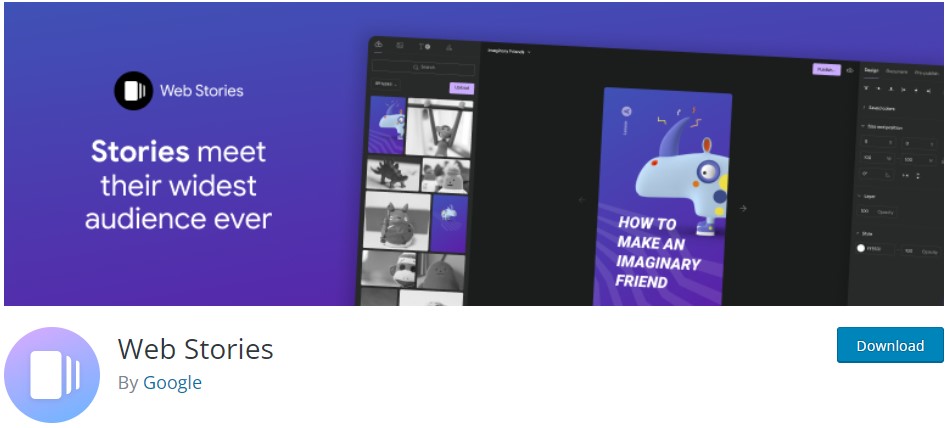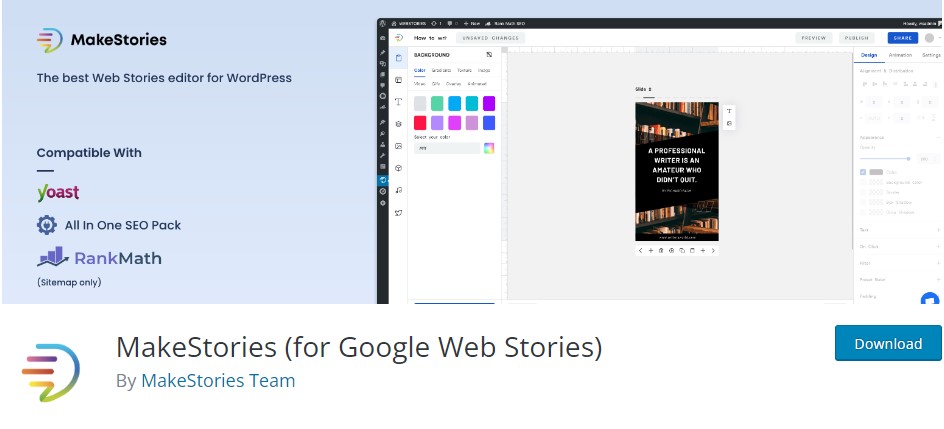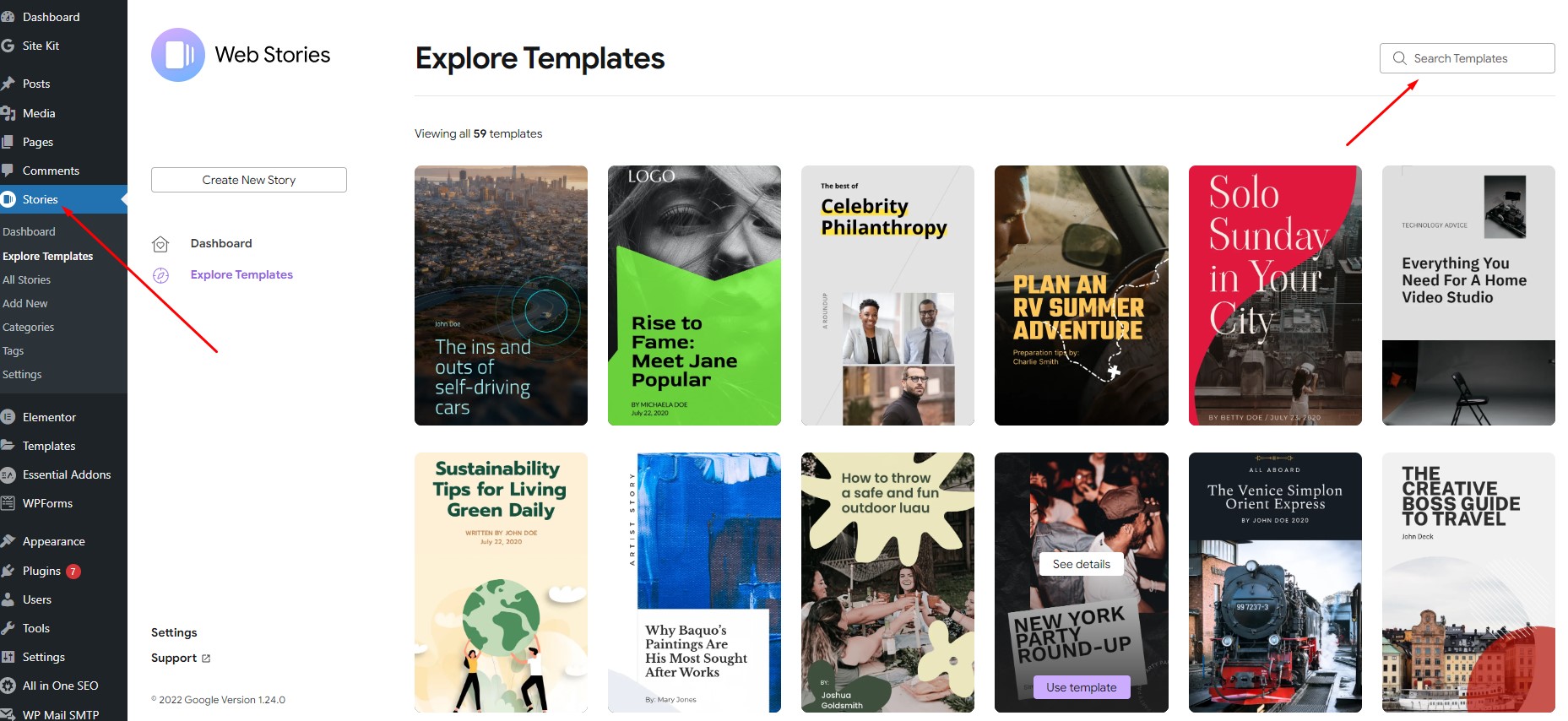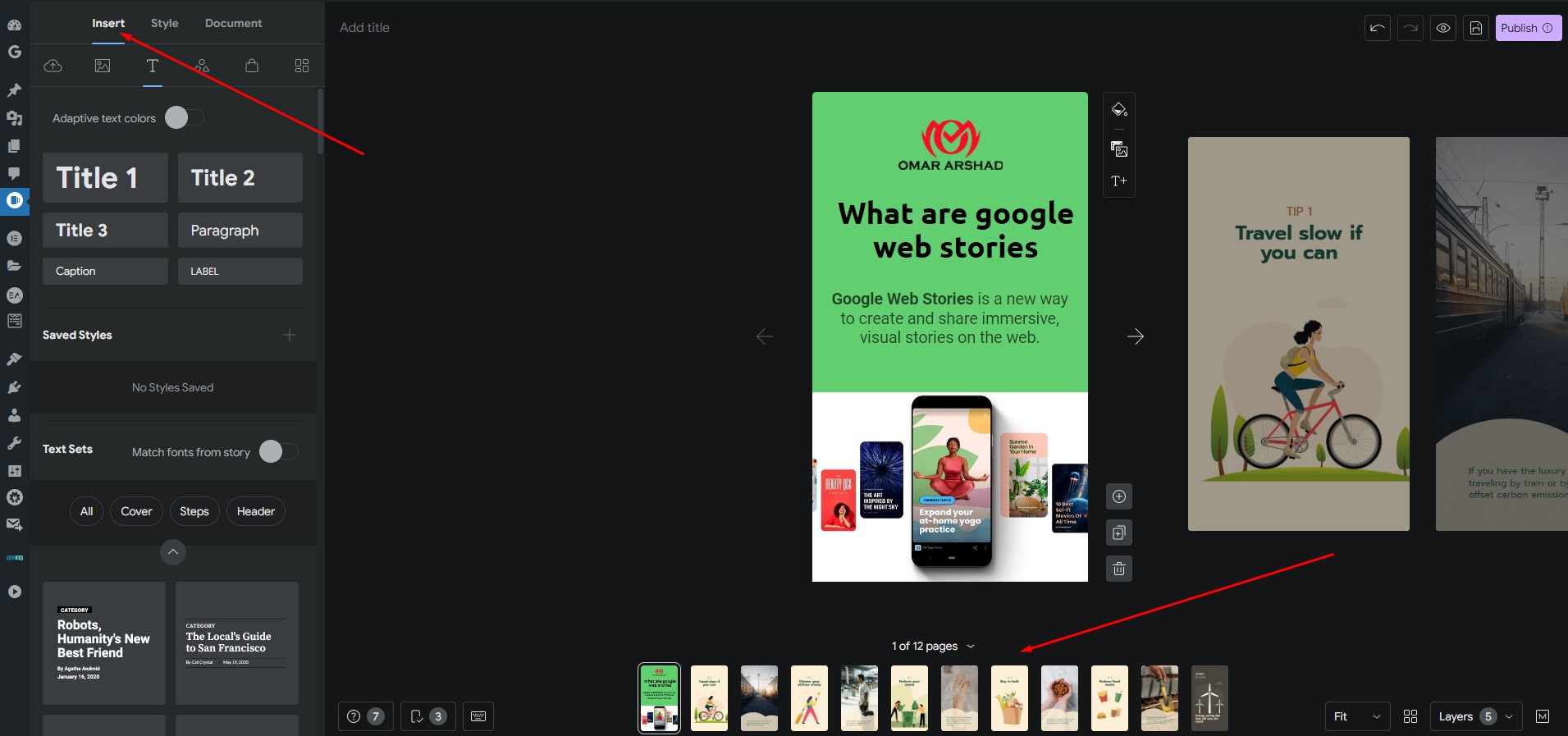Table of Contents
Google Web Stories is a new way to create and share immersive, visual stories on the web. With Web Stories, you can easily turn your best photos and videos into beautiful, animated stories that are easy to create and share.
Web Stories are built on the open web, so they can be easily embedded on your website or blog, and shared across the web. Plus, they’re designed to look great on any device, so your stories can reach a wide audience.
If you’re a content creator, Google Web Stories is a great way to add visual interest to your stories and get more eyes on your work. And if you’re a web publisher, Web Stories is a great way to engage your readers with fresh, visual content.
What Are the Benefits of Google Web Stories?
If you are looking for a new way to share your stories, Google Web Stories is a great option. Google Web Stories can help improve your website’s performance in search results, drive more traffic to your site, and increase engagement with your content. Web Stories can also help you build brand awareness and create an immersive, visually-rich experience for your users.
Web Stories’ format includes predefined but adaptable layout templates, structured UI controls, editorial flexibility, and branding components for sharing and adding follow-up content.
Web Stories enable publishers to monetize their content by displaying full-screen immersive story ads and affiliate links. Stories is a modern storytelling environment that allows advertisers to reach out to a specific audience.
Google Web Stories Examples
Take a look at the video below to see how the Fitness template works in action.
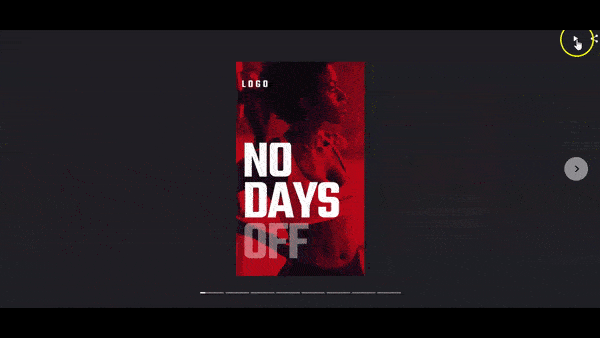
The Web Story is currently set to auto-scroll through each panel; there are arrow bars for users to skip to the next one if desired, a pause button, and a share button; the share button displays a link box for a user to click/tap to save the URL to this story.
How to create web stories in WordPress?
There are two most papular WordPress plugins for Google web stories:
- Web Stories
- MakeStories (for Google Web Stories)
After the install the web stories plugin here you can find the dashboard and DFY templates you can create your own custom template.
You can choose any template here you will find the next screen where you can edit your full template. You can add text images, vectors, shapes and embed your link.
Google Web Stories SEO Checklist
Web Stories follow the same standard SEO best practices. If your company already has an SEO strategy, make use of it throughout the process. However, there are some important Web Story SEO factors to consider.
Metadata should be added to all elements of your Web Story because it will communicate directly with search engines and discover features that want to learn what’s in them. You can prepare for this by following the AMP metadata guidelines.
You want your Web Stories to be self-canonical because they are pages on your website. Each of your Stories should have a rel=”canonical” link to it.
Web Story titles should be shorter than 90 characters.



